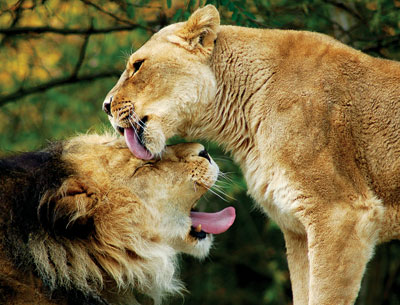All Nonfiction
- Bullying
- Books
- Academic
- Author Interviews
- Celebrity interviews
- College Articles
- College Essays
- Educator of the Year
- Heroes
- Interviews
- Memoir
- Personal Experience
- Sports
- Travel & Culture
All Opinions
- Bullying
- Current Events / Politics
- Discrimination
- Drugs / Alcohol / Smoking
- Entertainment / Celebrities
- Environment
- Love / Relationships
- Movies / Music / TV
- Pop Culture / Trends
- School / College
- Social Issues / Civics
- Spirituality / Religion
- Sports / Hobbies
All Hot Topics
- Bullying
- Community Service
- Environment
- Health
- Letters to the Editor
- Pride & Prejudice
- What Matters
- Back
Summer Guide
- Program Links
- Program Reviews
- Back
College Guide
- College Links
- College Reviews
- College Essays
- College Articles
- Back
The Importance of National Animals
There are many ways countries try to show that they are superior to others. A common method is to use feared symbols on their country’s flag, Coat of Arms or other important places. The symbol usually chosen is an animal, often regarded as the national animal of that country. These animals symbolize a characteristic that the country believes itself to possess.
One of the most famous national animals is the bald eagle of the United States. When the United States was a new country, John Adams, Thomas Jefferson and Benjamin Franklin decided that they needed a seal for the United States, commonly called the Great Seal of the United States. Congress only approved a few details on the Great Seal because they believed it did not make the United States look as powerful as other countries. They later decided that the eagle would be a meaningful animal for the seal because of its long life, great strength and majestic looks, all important to the young country. The eagle was approved June 20, 1782 for the Great Seal, but did not become the national animal until 1787, when states accepted it as the national animal and it began being printed on American coins, dollars and stamps, in addition to being recognized as the national emblem of the United States. As history went on, the eagle was used to represent freedom, supreme power and authority for the country.
Another famous national animal is the beaver of Canada. The first use of the beaver as a symbol of Canada is thought to be in 1621, when the area now known as Nova Scotia added it to their coat of arms. Hudson’s Bay Company, one of the largest companies in Canada today, used the beaver on its coat of arms in 1678. This company still honors the beaver today in its famous magazine called “The Beaver,” which started in 1920. When France ruled Canada, they used the beaver on the emblem of New France. The beaver was featured on other objects throughout the history of Canada, including stamps, newspapers, armorial bearings and crests, as well as the national symbol. It was added to the official emblem of Canada on March 24, 1975.
Two other famous national animals are the lion of the United Kingdom and the unicorn of Scotland. The unicorn has been featured on the Scottish Coat of Arms ever since the 12th century and has been used to symbolize innocence, purity, healing powers, joy and life itself. However, it also symbolizes masculinity and power. The lion has been on the English Coat of Arms just about as long. It is used to symbolize bravery, strength, courage and power. These two national animals were first put together between the years 1466 and 1488, when England introduced gold coins that featured unicorns, similar to the coins of Scotland. At the same time, a lion was added to the Scottish Royal Arms to replace one of the two unicorns. This pitted the two national animals as enemies. The two animals were believed to have fought to be the king of beasts, with the unicorn ruling through harmony and the lion ruling through might. The Royal Coats of Arms for both countries, as well as some of the countries England owned at the time, still have both animals.
Many other countries depict important national animals as their symbols. The carabao, or water buffalo, of the Philippines symbolizes helpfulness. The Royal Bengal Tiger of India symbolizes grace, strength, agility and enormous power, while the red kangaroo of Australia symbolizes always moving forward. The black eagle of Germany symbolizes regality, strength and the bull of Spain symbolizes power, aggression, resilience, strength and intelligence.
National animals are important in showing what a country values, whether it is strength, intelligence or joy. National animals express a lot about a country. A country without a national animal often does not show the world what is important to it, which is a vital thing to do if it wants to get recognized.

Similar Articles
JOIN THE DISCUSSION
This article has 0 comments.
